Sweeteners Manufacturer
Our sweeteners are designed to provide the perfect balance of sweetness and health benefits.
They have the following features:
- Natural & artificial ranges
- Powder, syrup, and fluid forms
- High safety, up to food grade
- High stability
- Good water solubility
- Tailored sweetening solutions available
SWEETENERS
In recent times, more consumers are recognizing the adverse health effects of sugar, leading to a rising demand for sugar alternatives. Sweeteners are becoming increasingly popular as a result. Sweeteners in food are used to provide a sweet taste without the additional calories that usually come from sugar.
NIRANBio offers the full range of natural sweeteners (Stevia, Xylitol, Erythritol, etc.) to best suit your application and functional requirements. Our sweeteners are used in a wide range of applications in the Bakery, Savory, Beverage, Confectionery, Nutrition, and Dairy industry.
Naturally, the main function of a sweetener is to sweeten the product. Additionally, organic sweeteners can act as a filling agent, texturizer, Flavor masker, and controller of crystallization, viscosity, and spoilage.
TYPES OF SWEETENERS
Sweeteners are diverse and can be classified into various types based on their source (natural and artificial), and intensity of sweetness (high and low).
By Source
Natural Sweeteners (Plant Extracts)
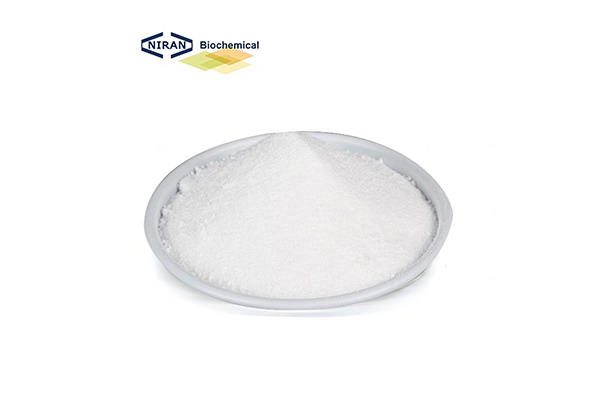
Sorbitol Powder
Similar to sorbitol liquid, sorbitol powder is produced by hydrogenating glucose (derived from corn or wheat starch). The solution is then spray-dried to obtain a powder form within 20~60 mesh size.
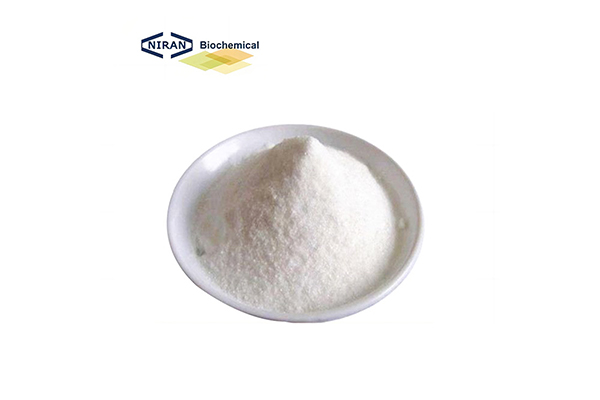
Maltitol
Produced by hydrogenating maltose, which is obtained from the hydrolysis of corn or wheat starch. The hydrogenated solution can be concentrated to form a liquid or spray-dried to produce a powder.
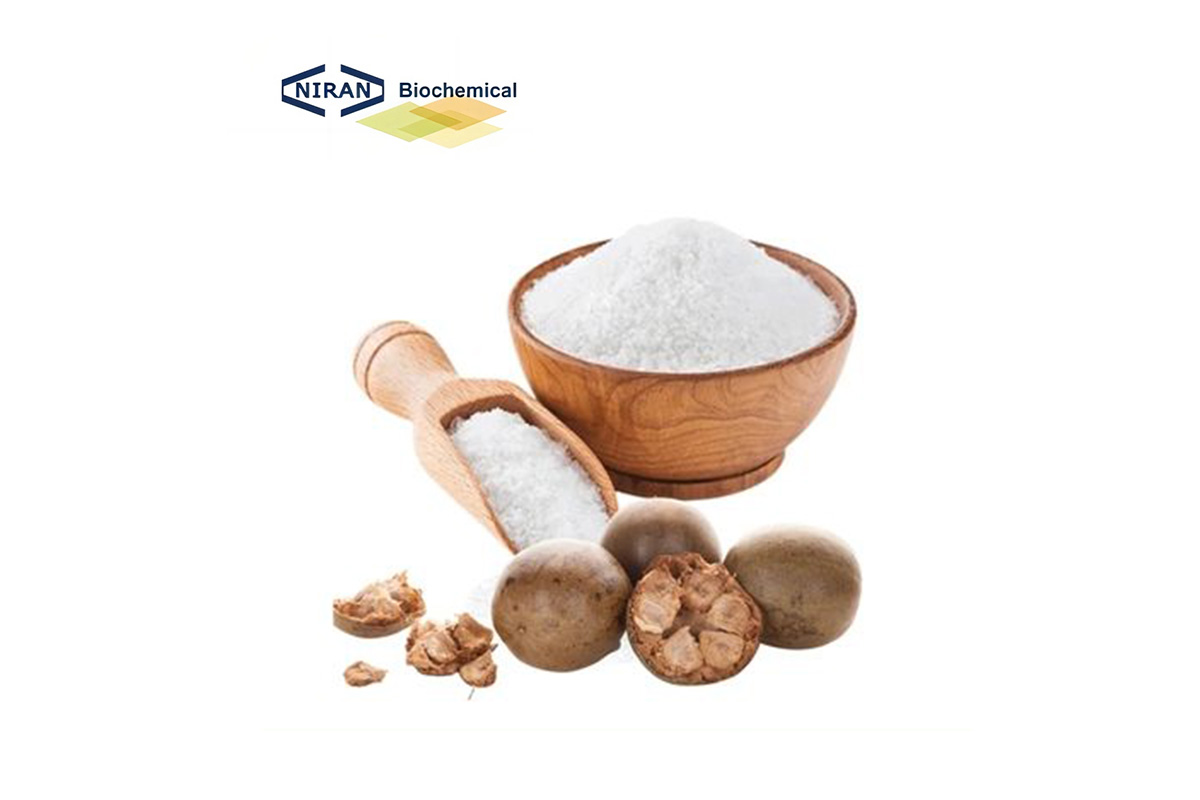
Monk Fruit Extract
Obtained by crushing the monk fruit and extracting the sweet components, mainly mogrosides, using water or alcohol. The extract is then purified to the desired sweetness level.
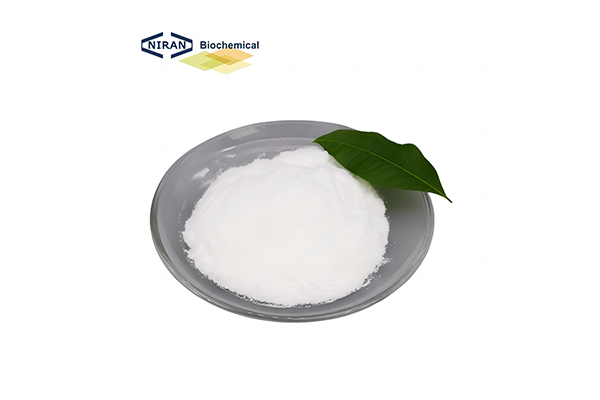
Dextrose Monohydrate
Produced through the enzymatic hydrolysis of corn starch. The process involves breaking down the starch into glucose, which is then crystallized and dried to form dextrose monohydrate.
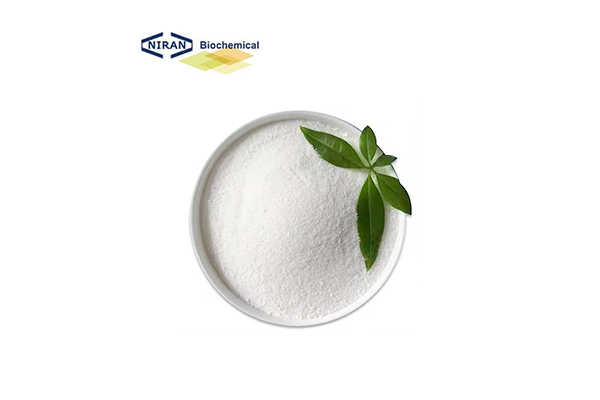
Dextrose Anhydrous
Similar to dextrose monohydrate, the difference lies in the drying process, where additional steps are taken to remove water, resulting in an anhydrous (water-free) form of dextrose.
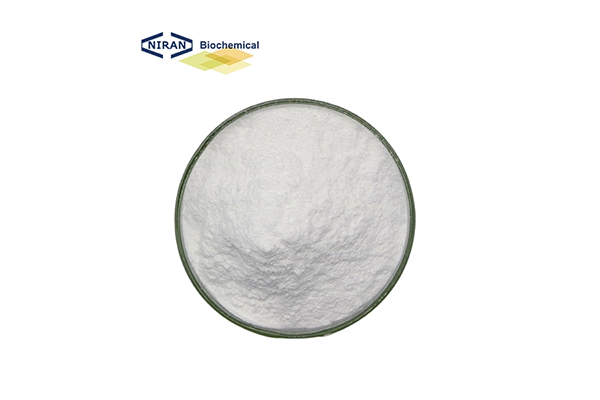
Maltodextrin
Produced by the partial hydrolysis of Corn, rice, or potato starch using acids and enzymes. The degree of hydrolysis determines the DE (dextrose equivalent) value.
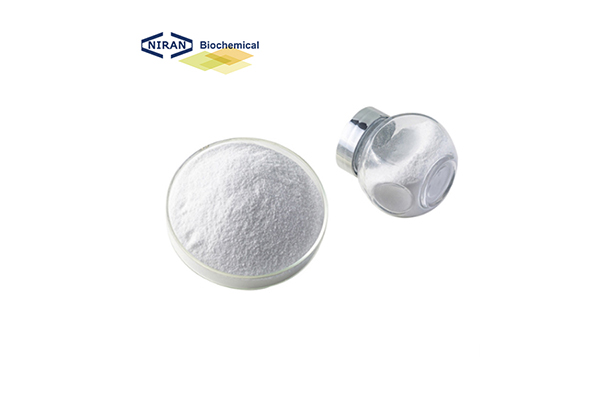
Erythritol
By fermenting glucose (derived from corn or wheat starch) using yeast or other microorganisms. The erythritol is then purified and crystallized to achieve the desired mesh size.
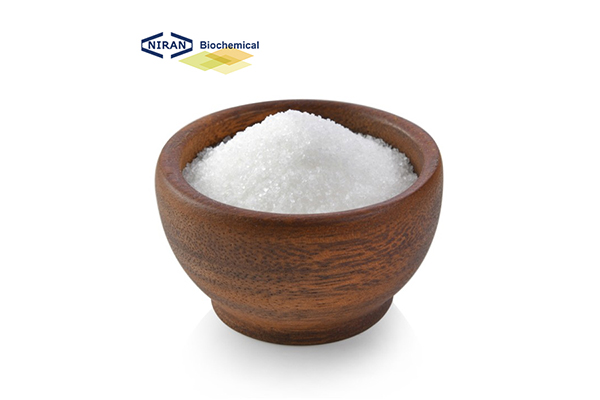
Xylitol
By hydrolyzing xylan (a polysaccharide) found in plant materials like corn cobs or birch wood. The xylan is converted to xylose, which is then hydrogenated to finally form xylitol.
Artificial Sweeteners
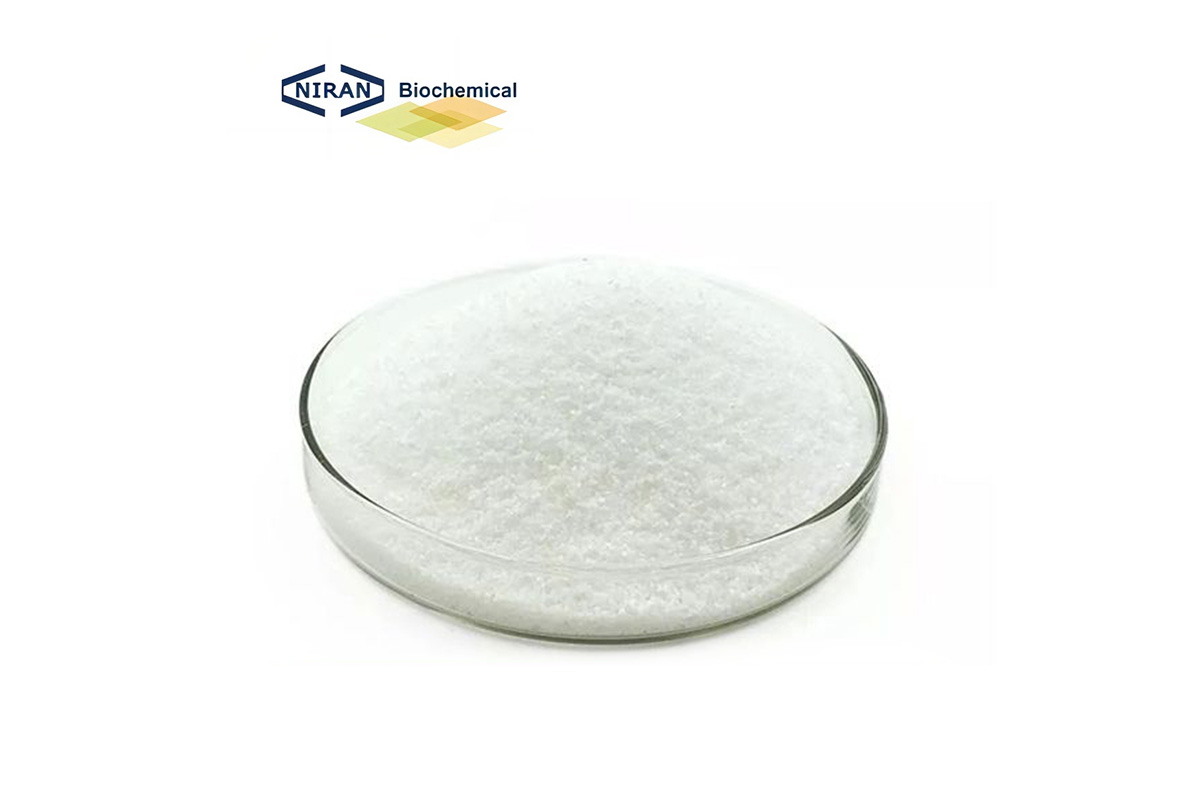
Sodium Saccharin
Produced through a chemical synthesis process involving the oxidation of toluene derivatives to form saccharin. This saccharin is then neutralized with sodium hydroxide to form sodium saccharin.
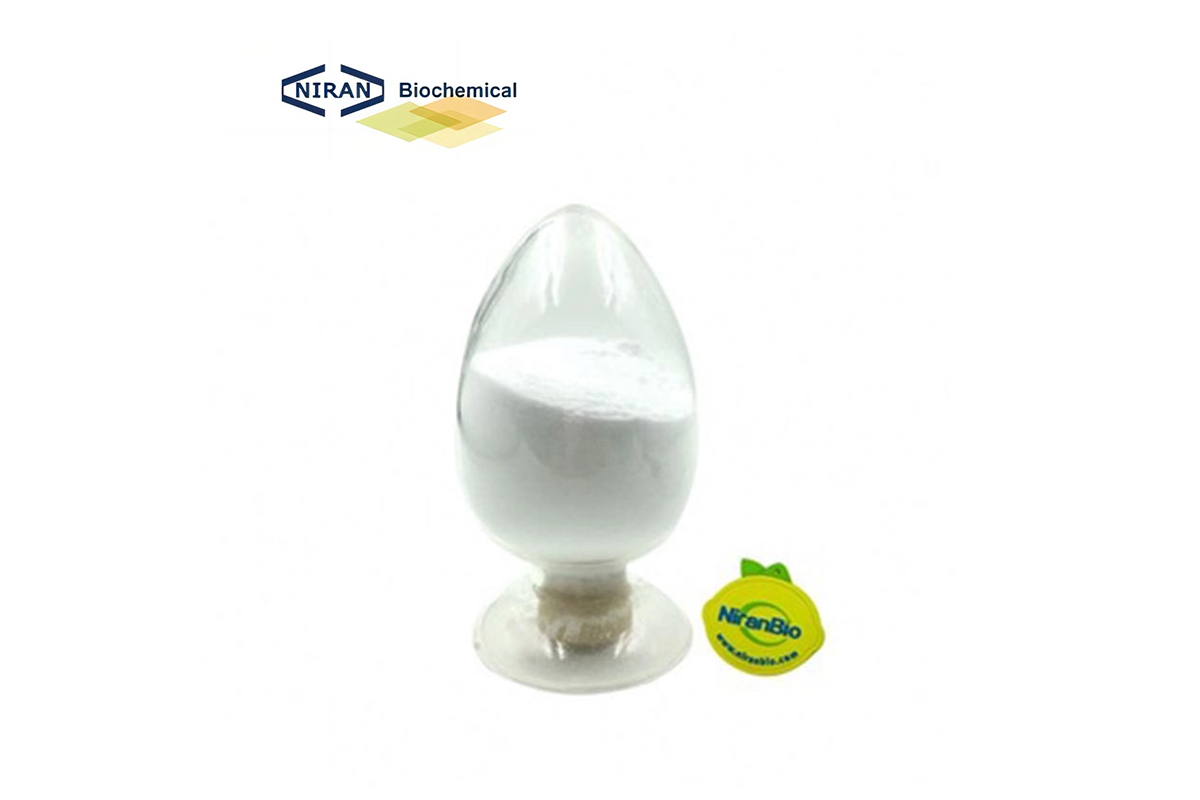
Acesulfame Potassium
A chemical reaction of acetoacetic acid and potassium to form a crystalline compound known as acesulfame potassium, then purified and dried to produce Acesulfame-K powder.
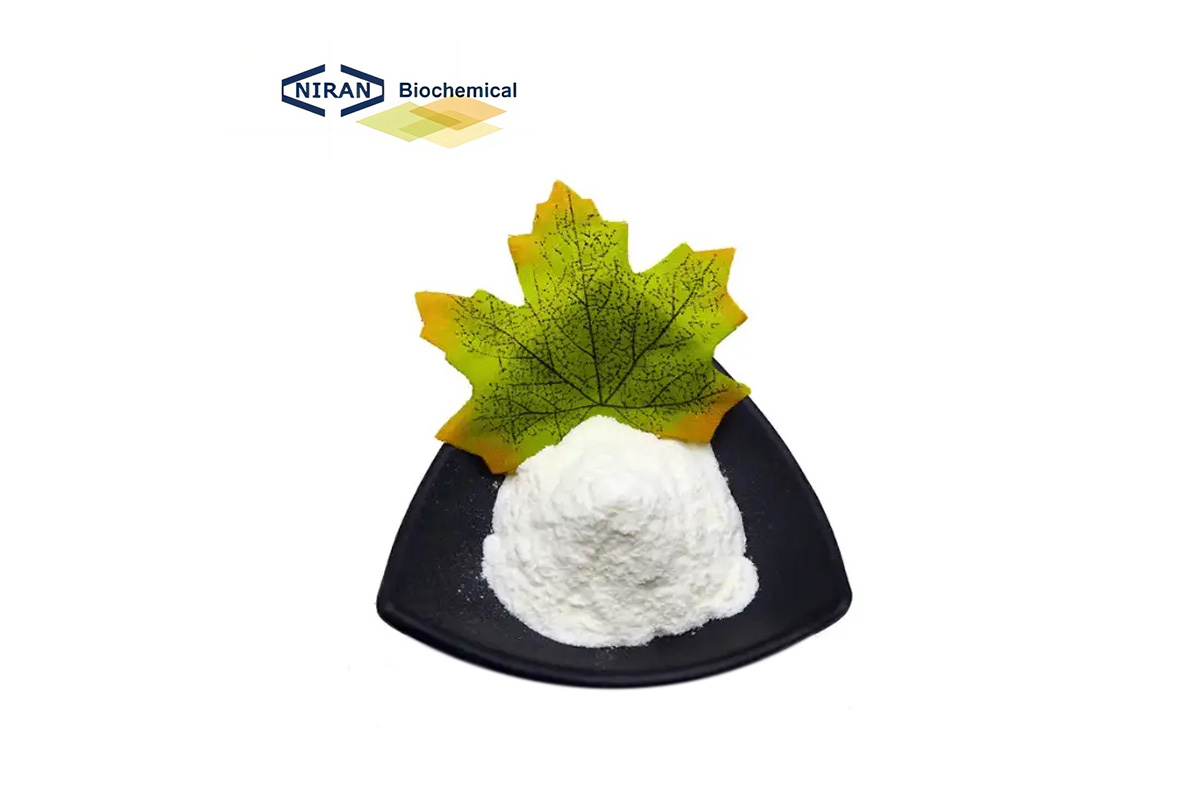
Sodium Cyclamate
Synthesized from cyclohexylamine and sulfonamide. The production process involves the sulfonation of cyclohexylamine with sulfamic acid, resulting in the formation of sodium cyclamate.
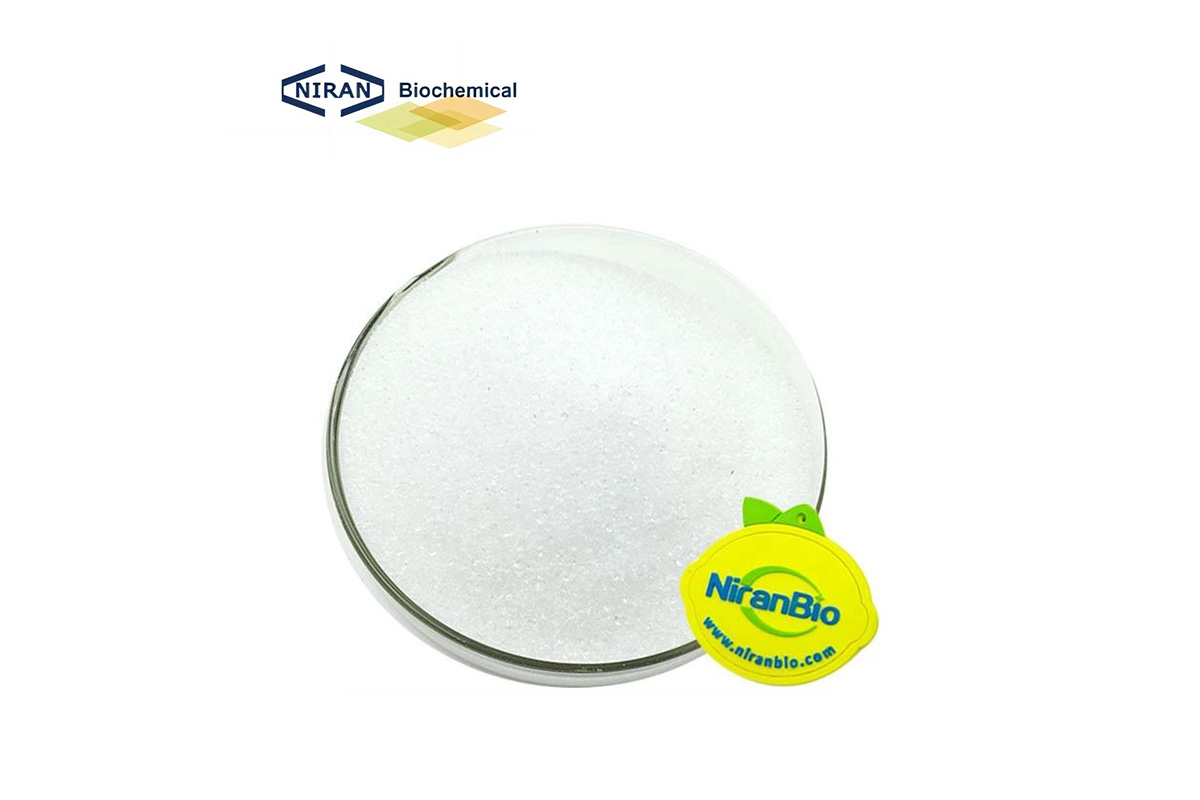
Aspartame
Produced through the fermentation of the amino acids phenylalanine and aspartic acid. These amino acids are combined through a peptide bond to form aspartame, which is then crystallized and dried.
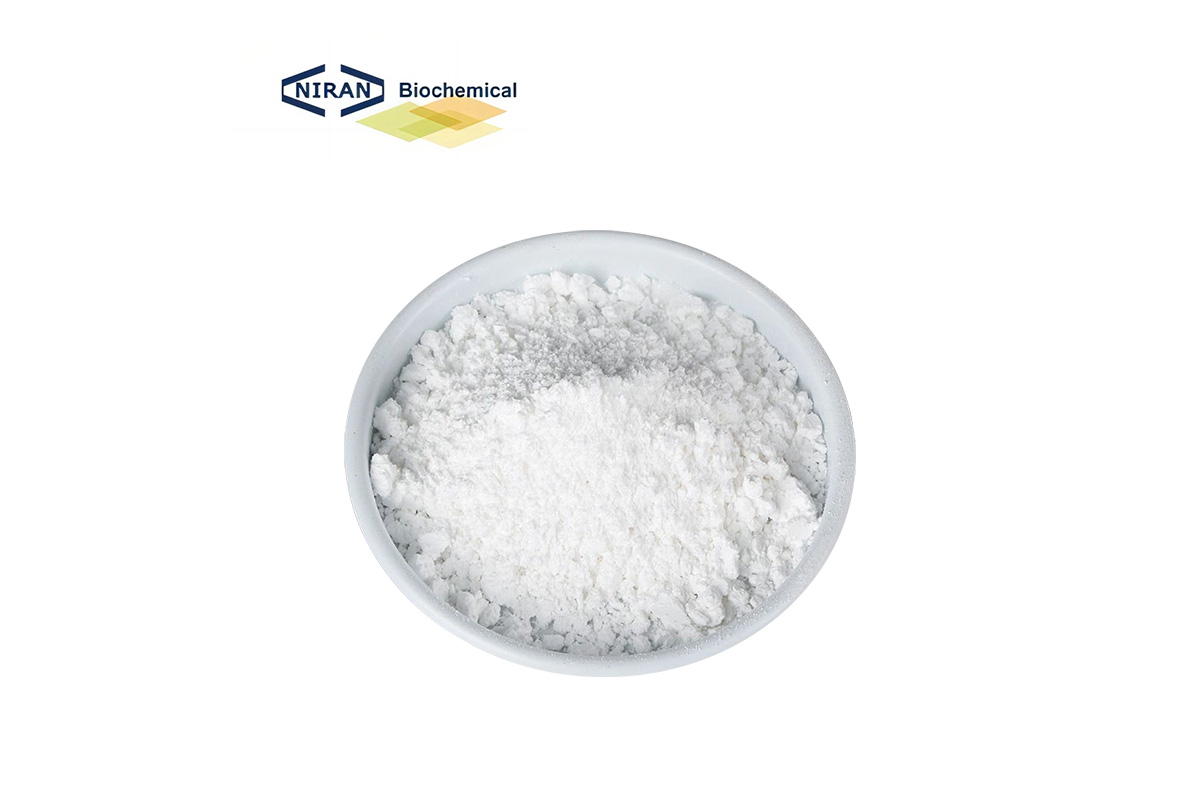
Sucralose
An artificial sweetener made from sucrose. It is produced through a multi-step process that involves chlorination of sucrose, resulting in the selective substitution of three hydroxyl groups with chlorine atoms.
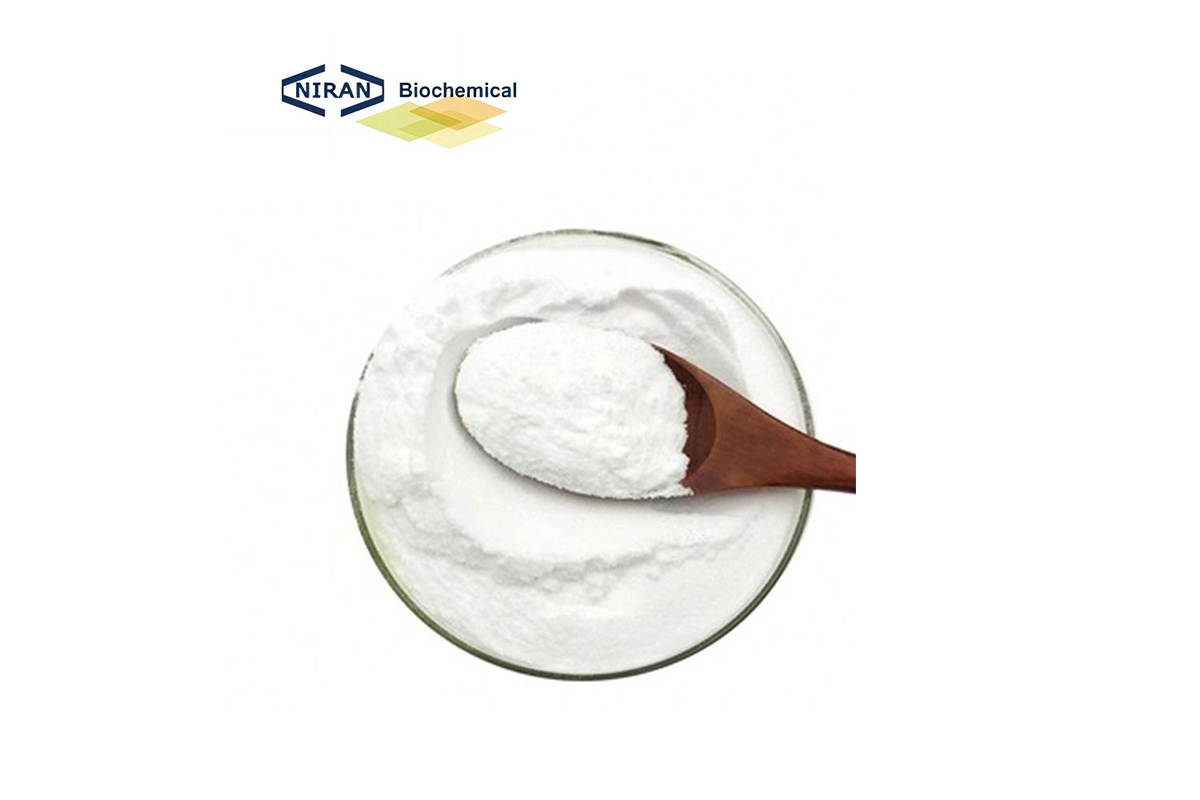
Neotame Powder
Produced through a chemical process involving the combination of aspartame and 3,3-dimethylbutyraldehyde under controlled conditions, then dried and milled into a fine powder.
By intensity
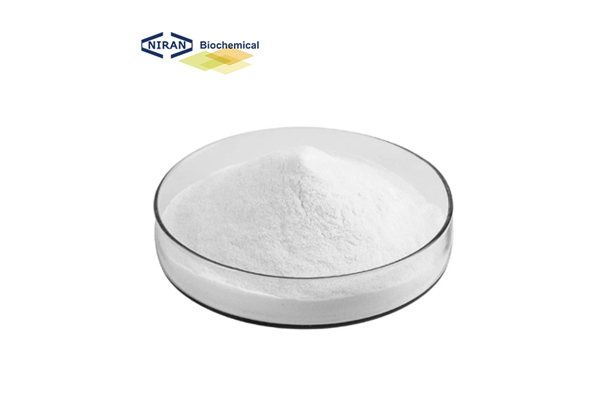
Acesulfame-K
200 times sweeter than sucrose. Its intense sweetness comes from its unique chemical structure, which allows it to stimulate the sweet taste receptors on the tongue

Aspartame
200 times sweeter than sucrose. Its high-intensity sweetness derives from its composition of two amino acids, phenylalanine, and aspartic acid.

Sucralose
Around 600 times sweeter than sucrose. Its sweetness results from the chlorination of sucrose, which enhances its ability to bind to the sweet receptors on the tongue.

Sodium Saccharin
About 300-400 times sweeter than sucrose. Its high-intensity sweetness is attributed to its unique benzoic sulfimide structure, which efficiently activates sweet taste receptors.

Monk Fruit Extract
150–200 times sweeter than sucrose. Its sweetness is attributed to unique antioxidants - mogrosides, which provide a naturally sweet taste without calories.
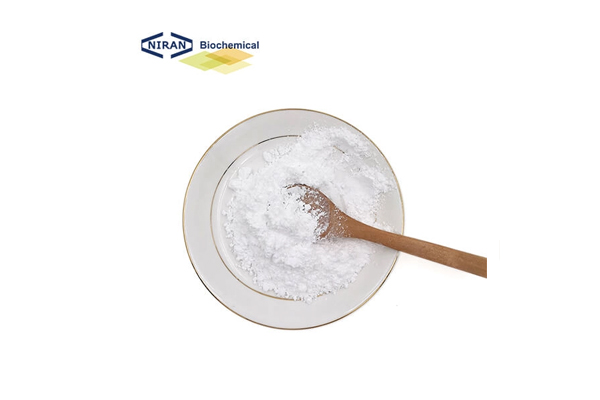
Stevia
Its sweetness primarily comes from steviol glycosides, particularly rebaudioside A (RA), which is 200-400 times sweeter than sucrose. The higher RA, the sweeter the taste.

Neotame
Exceptionally high-intensity sweetener, 7,000–13,000 times sweeter than sucrose. This is due to its additional groups that enhance its sweetness and stability.

Sodium Cyclamate
Approximately 30–50 times sweeter than sucrose. Its sweetness is due to its ability to interact with the sweet taste receptors more effectively than regular sugar.
Low-intensity Sweeteners

Dextrose Monohydrate
70% of the sweetness of sucrose. This is due to its molecular structure, which has fewer sweetness-inducing chemical bonds compared to sucrose.

Dextrose Anhydrous
75% of the sweetness of sucrose. Processed to remove water molecules, which enhances its sweetness slightly compared to monohydrate form.

Maltodextrin
3-4% of the sweetness of sucrose. Due to its complex carbohydrate structure, which consists of multiple glucose molecules linked in a chain.

Erythritol
70% of the sweetness of sucrose. Its low-intensity sweetness is due to its molecular structure, which does not fully activate sweet taste receptors on the tongue.
APPLICATIONS OF SWEETENERS
Sweeteners are integral to the food industry, offering various functional benefits beyond just providing sweetness. The uses of sugar substitutes are very wide. Buyers choose sweeteners based on the desired product attributes, including taste, stability, solubility, calorie content, and cost.
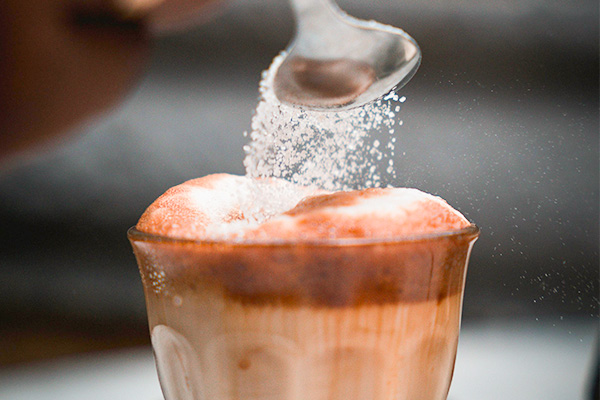
Beverage Industry
Sweeteners are essential in soft drinks, juices, flavored waters, and energy drinks to provide the desired sweetness without adding extra calories (like non-nutritive sweeteners).
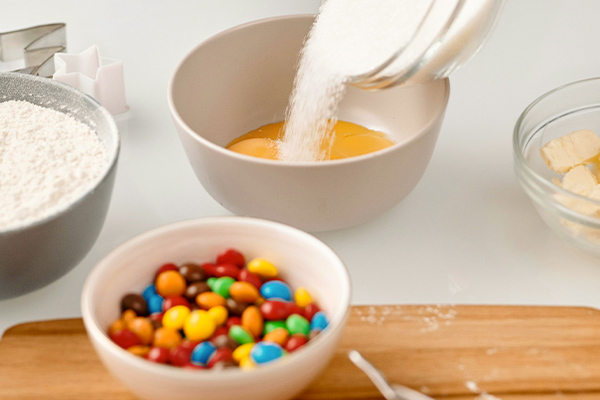
Bakery and Confectionery
They're used in cakes, cookies, pastries, and candies to add sweetness, bulk, and texture, and to control moisture levels.
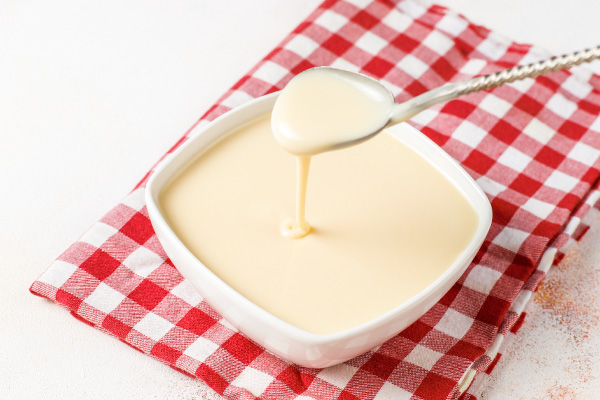
Dairy
In ice cream, yogurt, and flavored milk, sweeteners enhance flavor, improve texture, and can contribute to the fermentation process in products like yogurt.
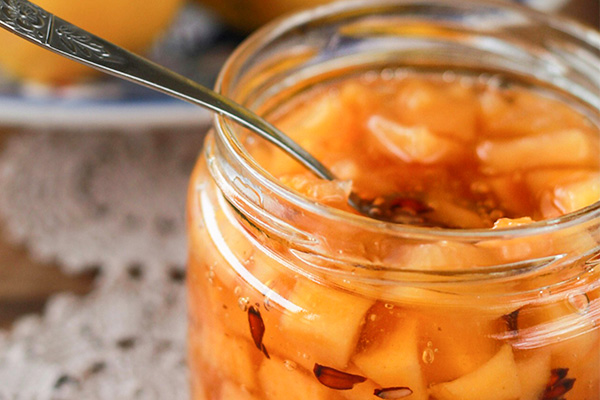
Processed Foods
Sweeteners are used in canned foods, jams, jellies, and sauces to improve taste, extend shelf life & prevent spoilage.
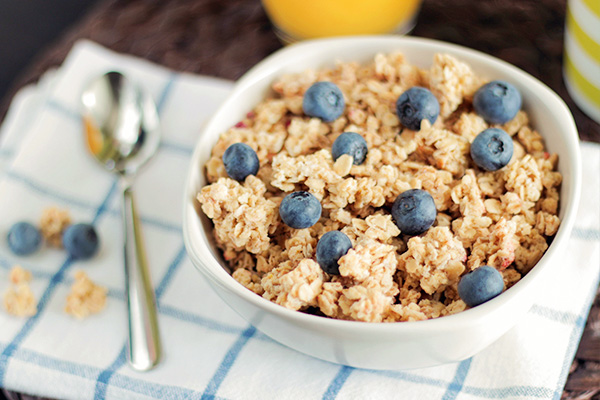
Snack Foods
They are used in snack bars, cereals, and chewing gum to provide sweetness and improve mouthfeel.
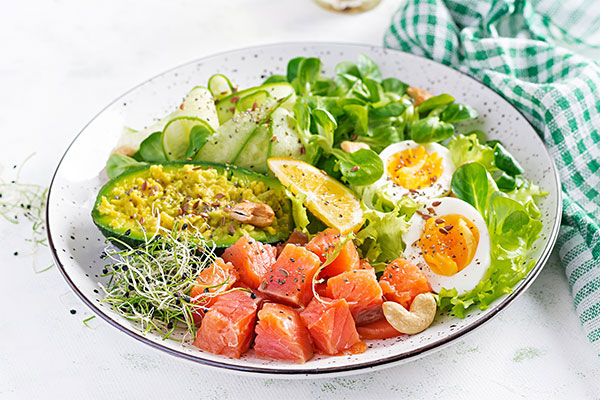
Dietary Foods
Low-calorie sweeteners are crucial in diet and low-calorie products aimed at weight management and diabetic diets.
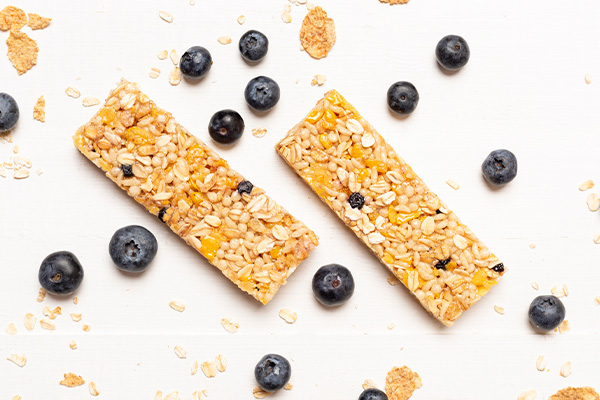
Sport Nutrition Products
In protein shakes & nutrition bars, sweeteners help to mask the bitter taste of vitamins, minerals & protein powders.
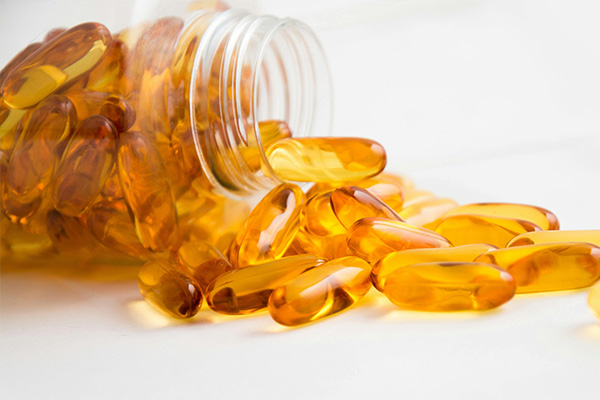
Nutraceuticals
In dietary supplements, sweeteners make healthful additives like fiber and fish oil more appealing.
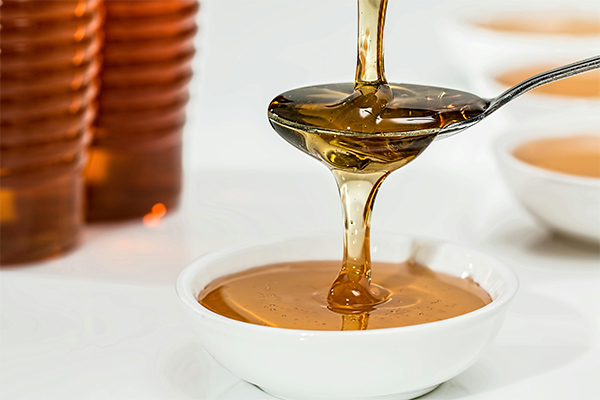
Preservation
Preservation: Some sweeteners, like sugar and honey, have preservative qualities that help to inhibit microbial growth.
FAQs
What are the different types of sweeteners used in the food industry?
Sweeteners used in the food industry include natural sugars like sucrose, fructose, and lactose, sugar alcohols like xylitol and erythritol, artificial sweeteners such as aspartame and sucralose, and novel sweeteners like stevia and monk fruit extracts.
Why do food manufacturers use sweeteners other than sugar?
Manufacturers use alternative sweeteners to reduce calories, manage health concerns like diabetes, improve shelf life, and for their ability to withstand high temperatures during processing.
Are artificial sweeteners safe to consume?
Yes, when consumed within the acceptable daily intake (ADI) levels established by regulatory agencies such as the FDA, EFSA, and WHO, artificial sweeteners are considered safe for the general population.
Can sweeteners cause weight gain?
Non-nutritive sweeteners are low in calories and, therefore, less likely to cause weight gain compared to regular sugar. However, individual responses can vary, and some research suggests that sweeteners may affect appetite and cravings.
How are sweeteners labeled in food products?
Sweeteners must be labeled on food products. Natural sugars are usually listed by their common names, while artificial and novel sweeteners are listed by their chemical or branded names.
What are the benefits of using sweeteners in food production?
Sweeteners can enhance flavor, reduce caloric content, improve texture and stability, extend shelf life, and serve functional roles such as bulking agents or preservatives.
How do I know if a product contains sweeteners?
Examine the ingredient roster printed on the product's packaging. Sweeteners, whether natural, artificial, or novel, must be listed on the label.
